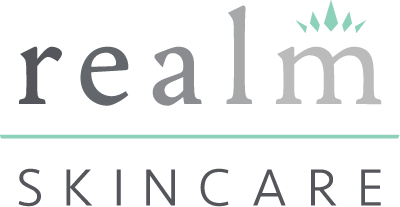In 2016, Consumer Reports conducted a study that found that almost half of sunscreens (and almost 75% of natural sunscreens) did not pass tests that verified the SPF claims on their labels. Yikes.
It also found that 80 percent of the chemical sunscreens they tested with an SPF claim of 40–100 were found to deliver at least SPF 30, while only 20 percent of mineral sunscreens held true to that claim.
https://www.mydadthechemist.com/reviews/sunscreen-ingredients-percentage/
Chemical |
EWG Hazard Score |
Use in U.S. sunscreens |
Skin Penetration |
Hormone disruption |
Skin Allergy |
Other concerns |
References |
| UV ingredients with high toxicity concerns | |||||||
Oxybenzone |
8 | Widespread | Detected in nearly every American; found in mother’s milk; 1% to 9% skin penetration in lab studies | Weak estrogen, moderate anti-androgen; associated with altered birth weight in human studies | Relatively high rates of skin allergy | N/A | Janjua 2004, Janjua 2008, Sarveiya 2004, Gonzalez 2006, Rodriguez 2006, Krause 2012, Ghazipura 2017 |
Octinoxate (Octylmethoxycinnamate) |
6 | Widespread | Found in mothers’ milk; less than 1% skin penetration in human and laboratory studies | Hormone-like activity; reproductive system, thyroid and behavioral alterations in animal studies | Moderate rates of skin allergy | N/A | Krause 2012, Sarveiya 2004, Rodriguez, 2006, Klinubol 2008 |
| UV ingredients with moderate toxicity concerns | |||||||
Homosalate |
4 | Widespread | Found in mothers’ milk; skin penetration less than 1% in human and laboratory studies | Disrupts estrogen, androgen and progesterone | N/A | Toxic breakdown products | Krause 2012, Sarveiya 2004, SCCNFP 2006 |
Octisalate |
4 | Widespread; stabilizes avobenzone | Skin penetration in lab studies | N/A | Rarely reported skin allergy | N/A | Walters 1997, Shaw 2006 Singh 2007 |
Octocrylene |
3 | Widespread | Found in mothers’ milk; skin penetration in lab studies | N/A | Relatively high rates of skin allergy | N/A | Krause 2012, Bryden 2006, Hayden 2005 |
|
UV ingredients with low toxicity concerns |
|||||||
Titanium Dioxide |
2 (topical use), 6 (powder or spray) | Widespread | No finding of skin penetration | No evidence of hormone disruption | None | Inhalation concerns | Gamer 2006, Nohynek 2007, Wu 2009, Sadrieh 2010, Takeda 2009, Shimizu 2009, Park 2009, IARC 2006b |
Zinc Oxide |
2 (topical use), 4 (powder or spray) | Widespread; excellent UVA protection | Less than 0.01% skin penetration in human volunteers | No evidence of hormone disruption | None | Inhalation concerns | Gulson 2012, Sayes 2007, Nohynek 2007, SCCS 2012 |
Avobenzone |
2 | Widespread; best UVA protection of chemical filters | Very limited skin penetration | No evidence of hormone disruption | Breakdown product causes relatively high rates of skin allergy | Unstable in sunshine, must be mixed with stabilizers | Klinubol 2008, Bryden 2006, Hayden 2005, Montenegro 2008, Nash 2014 |
Mexoryl SX |
2 | Uncommon; pending FDA approval; offers good, stable UVA protection | Less than 0.16% skin penetration in human volunteers | No evidence of hormone disruption | Skin allergy is rare | N/A | Benech-Kieffer 2003, Fourtanier2008 |
| Six other ingredients approved in the U.S. are rarely used in sunscreens: benzophenone-4, benzophenone-8, menthyl anthranilate, PABA, Padimate O, and trolamine salicylate | |||||||
 USD
USD EUR
EUR
 GBP
GBP


